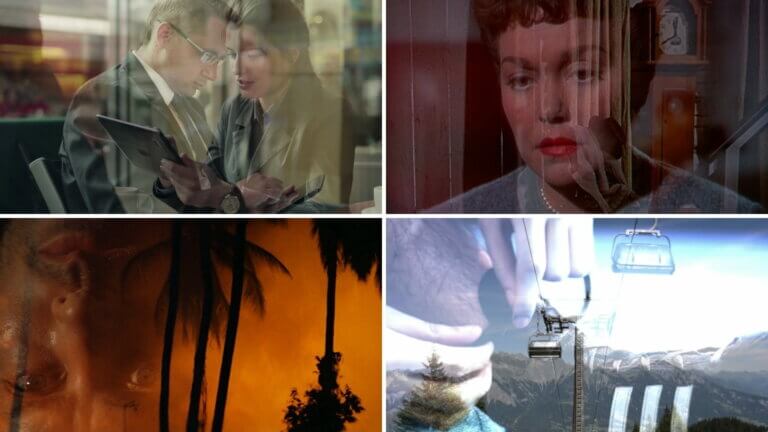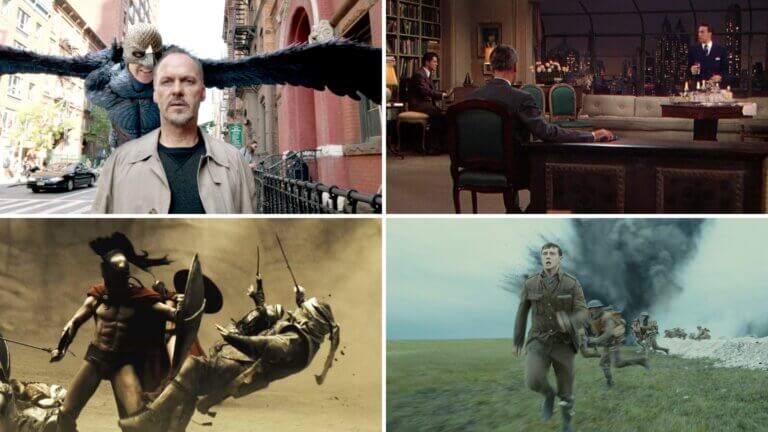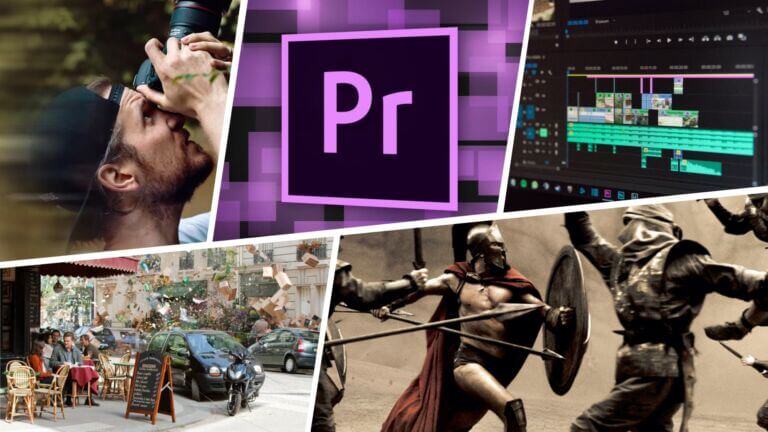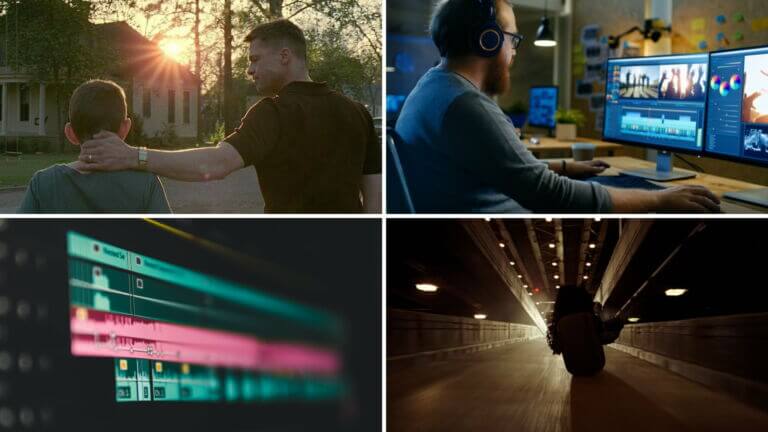Much has been made about Wes Anderson’s use of symmetry in shot composition – but did you know symmetry extends to his editing style as well? Wes Anderson utilizes symmetry in every facet of his filmmaking process, from pattern events to blocking and staging. We’re going to show you the art behind Wes Anderson’s symmetrical editing; by the end, you’ll know how it works and why it’s such a stylistic strength.Continue reading Wes Anderson Symmetry & Symmetrical Editing Explained
The lap dissolve is one of the oldest editing transitions in cinema. Originally, the lap dissolve was achieved by overlapping the exposure of a single frame of film from shot to shot similarly to a double exposure in photography. Why exactly did filmmakers want to create this effect? How do they use the lap dissolve differently from scene to scene? In this article, we’ll take a look at one of filmmaking’s oldest editing tricks and make a case for why it’s still relevant today. Continue reading What is a Lap Dissolve — Film & Video Editing Techniques
Editing is one of the most fundamental processes of filmmaking. Many call it the last rewrite of a film in which the film truly comes together. So how do you create a movie without normal post-production editing? Through in-camera editing of course. In-camera editing may seem like a disadvantageous technique. However, the popularity of the one take look found in acclaimed films like Birdman and 1917 have made many wonder, what is in-camera editing?Continue reading What is In Camera Editing — Techniques for Photo and Video
Scene transitions, sudden sounds, quick cuts, off-screen voices, and narrative flow are just among the many terms associated with the “invisible art” known as film editing. Originally seen as a technical tool in the movie making process, film editing quickly evolved to become one of the most important creative aspects of filmmaking. But as its affectionate nickname implies, not everyone knows much about film editing or how it works. So what is film editing, what does a film editor do, where did it come from, and why is it so important?Continue reading What is Film Editing — Editing Principles &…
There are a few fundamental editing techniques that every editor should know. One of the major ones is the J-cut. Just about every movie you watch has some sort of J-cut within its edit. J-cuts help move the film along in an engaging way, but can also be an incredibly effective storytelling device when used correctly. In this post, we're going to explain the technique, look at the different applications typically used by editors, and we'll even review how to make these edits work in your own projects. Let's get cutting.Continue reading What is a J-Cut in Film — Editing…
Video transitions are used in just about every film and video – and they play an enormous role in the subliminal or liminal effects of moving from shot to shot. As such, knowing when and how to use specific types of editing transitions in film – like wipes, fades and pans – can make your project better than ever before. We’re going to break down a variety of different types of editing transitions in film with examples from cinema history. By the end, you’ll be ready to apply video transitions in your own works!Continue reading Types of Editing Transitions in…
Are you wondering how to ramp speed in Premiere? We’ll be walking you through four simple steps to create your very own speed ramps in Adobe Premiere Pro. We’ll even provide a couple of tips to set yourself up for success in advance of bringing your footage into the editing room. Let’s get started with a quick definition.Continue reading How to Speed Ramp in Premiere — A Guide for Video Editors
One of the most important parts of creating an engaging film is being efficient with time. As a storyteller, you must make sure that you are communicating the necessary plot information to your audience without boring them with superfluous details. A bridging shot helps filmmakers accomplish exactly this. When a story jumps from one moment to another that is at a different time or place, bridging shots help communicate this change in an efficient yet effective way. In this article, we’ll be taking a look at the bridging shot and how it can be an incredibly useful filmmaking tool.Continue reading…
If you ever took any type of film editing class or read a book on film editing, L cuts might have been among the first techniques you learned. This is because it is one of the most effective techniques at creating a natural flow of a film. Nearly every single movie you watch will have some sort of L cut within its edit. So what is an L cut? Let’s find out.Continue reading What is an L Cut in Film — Editing Transitions Explained
Transitions can be an incredibly effective storytelling device that filmmakers use to visually communicate to the audience. One of the earliest transitions is the wipe transition. What is a wipe transition? First used in 1901 in Robert Paul’s Scrooge, the wipe was used from the top of the frame to the bottom, emulating the visuals of a curtain dropping. Wipes continued to be used most famously in the Star Wars franchise and continued to evolve in modern filmmaking. Although the traditional wipe is less predominant in more recent films, filmmakers are taking the principles of the wipe and creatively reinventing…



















